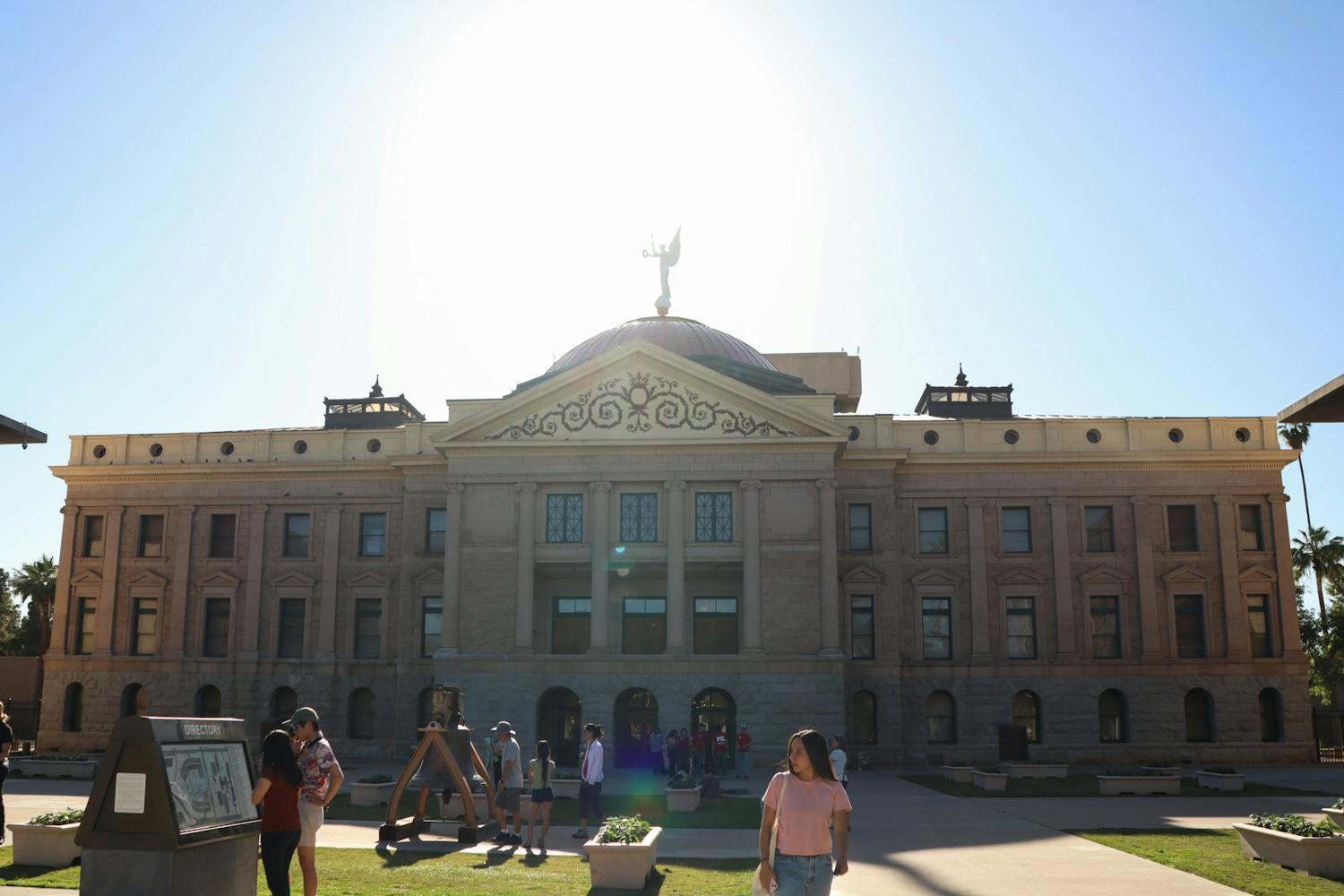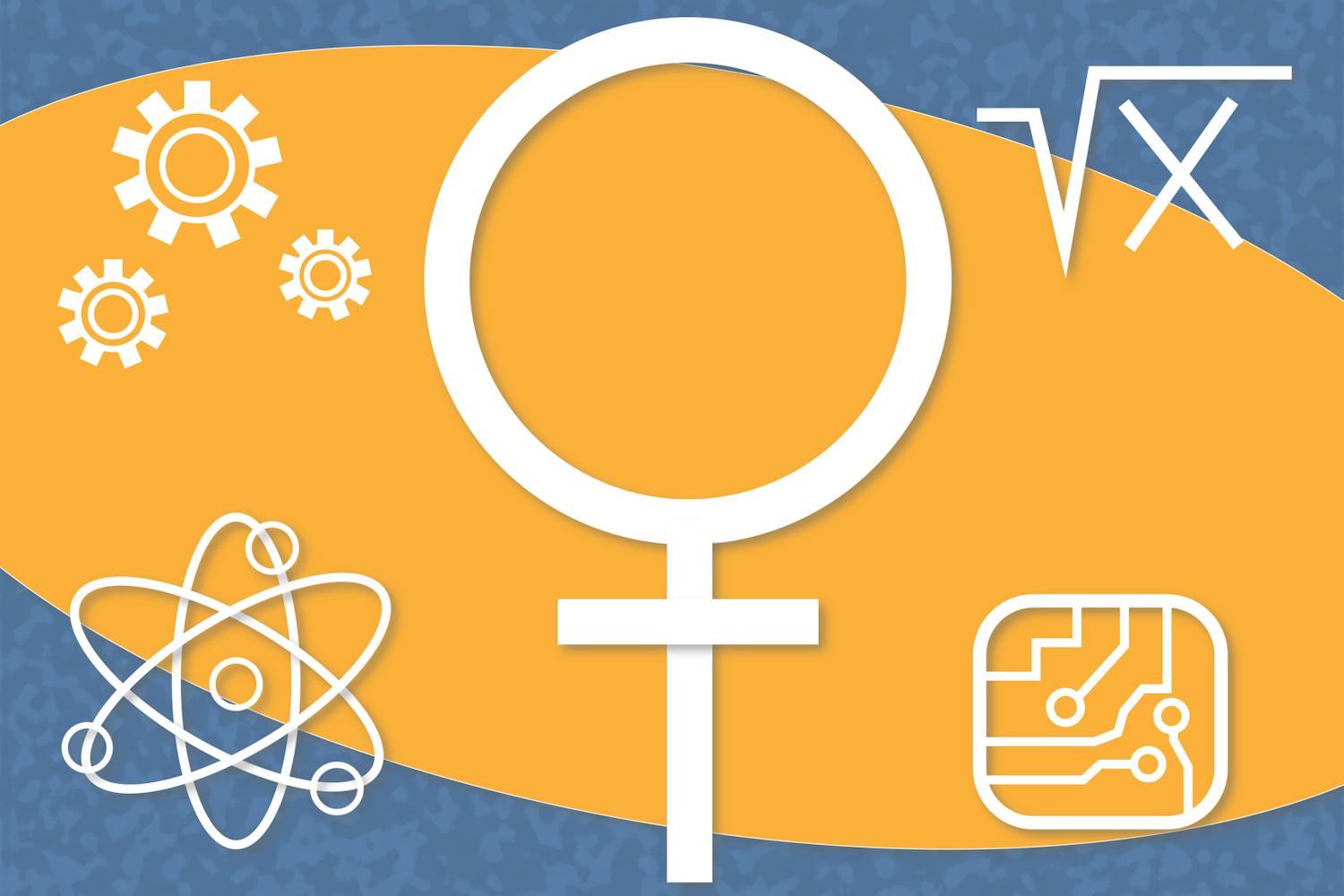 ASU researchers are collaborating with the Phoenix Children's hospital to research brain tumors and injuries. Two of the professors involved work at the Ira A Fulton School of Engineering. (Photo by Ana Ramirez)
ASU researchers are collaborating with the Phoenix Children's hospital to research brain tumors and injuries. Two of the professors involved work at the Ira A Fulton School of Engineering. (Photo by Ana Ramirez)ASU is collaborating with the Phoenix Children's Hospital in a new research project to find a cure for brain tumors and strengthen the diagnosis of brain injuries.
Sarah Stabenfeldt and Vikram Kodibagkar, assistant professors at the School of Biological and Health Systems Engineering of the Ira A. Fulton Schools of Engineering, are working alongside Jonathan Lifshitz and Ratan Bhardwaj from the Phoenix Children's Hospital.
Marco Santello, director of the School of Biological and Health Systems Engineering, and Dr. David Adelson, director of the Barrow Neurological Institute at Phoenix Children's Hospital, began the research project to promote further project collaboration between the school and the hospital.
The research program received two $30,000 grants – one from the engineering school and the other from Barrow Neurological Institute at the Phoenix Children's Hospital, Santello said.
Santello said the grants were awarded to the research project in January and will remain available for one year.
After a year of research, both teams will present their collected results and analyzed data to the school and hospital representatives and will submit their results for federal funding. The researchers hope to obtain federal funding to continue the research of cures for brain tumors and identifying biomarkers.
“The awardees are expected to submit grant proposals to federal agencies using the pilot data collected during the seed funding period,” Santello said.
The research project, which began Feb. 1, will be split into two teams. One will focus on the diagnosis of brain injuries, and the other will focus on using stem-cell vaccines to find a cure for brain tumors.
The program is open to all clinician-scientists from the School of Biological and Health Systems Engineering and Barrow Neurological Institute at Phoenix Children's Hospital, Santello said.
Stabenfeldt is working with Lifshitz, director of the hospital's Translational Neurotrauma Research program, in leading the study and identification of biomarkers for brain injuries. Biomarkers are biological signals that indicate injuries, such as high levels of proteins in the brain.
“We are developing different key significant markers indicating brain injuries,” Stabenfeldt said. “If we identify unique biomarkers, we will look at more funding ... and will eventually contribute to diagnostics.”
In the second team, Kodibagkar and Bhardwaj, a pediatric neurosurgeon, are working together to lead and create a stem-cell vaccine that will cure brain tumors.
“We are trying to design a new therapy to treat cancer,” Bhardwaj said. “We want to find a vaccine to hopefully cure brain tumors.”
Kodibagkar and Bhardwaj aim to discover a a vaccine that will not harm normal brain cells, but will attack tumor cells.
Bhardwaj said federal funding relies on the researchers' results.
“It depends on what we find,” he said. “Whether that's future experiments, new insights, mak(ing) discoveries, it just depends.”
Stabenfeldt said though making new discoveries is important, the ultimate goal for the research project is to provide enough information to acquire federal funding for research expansion.
“We're interested in using this to issue largely federally funded grants … and to expand research,” Stabenfeldt said. “One year pretty much only scratches the surface.”
Reach the reporter at wpogden@asu.edu or follow her on Twitter @whitneyparis10




